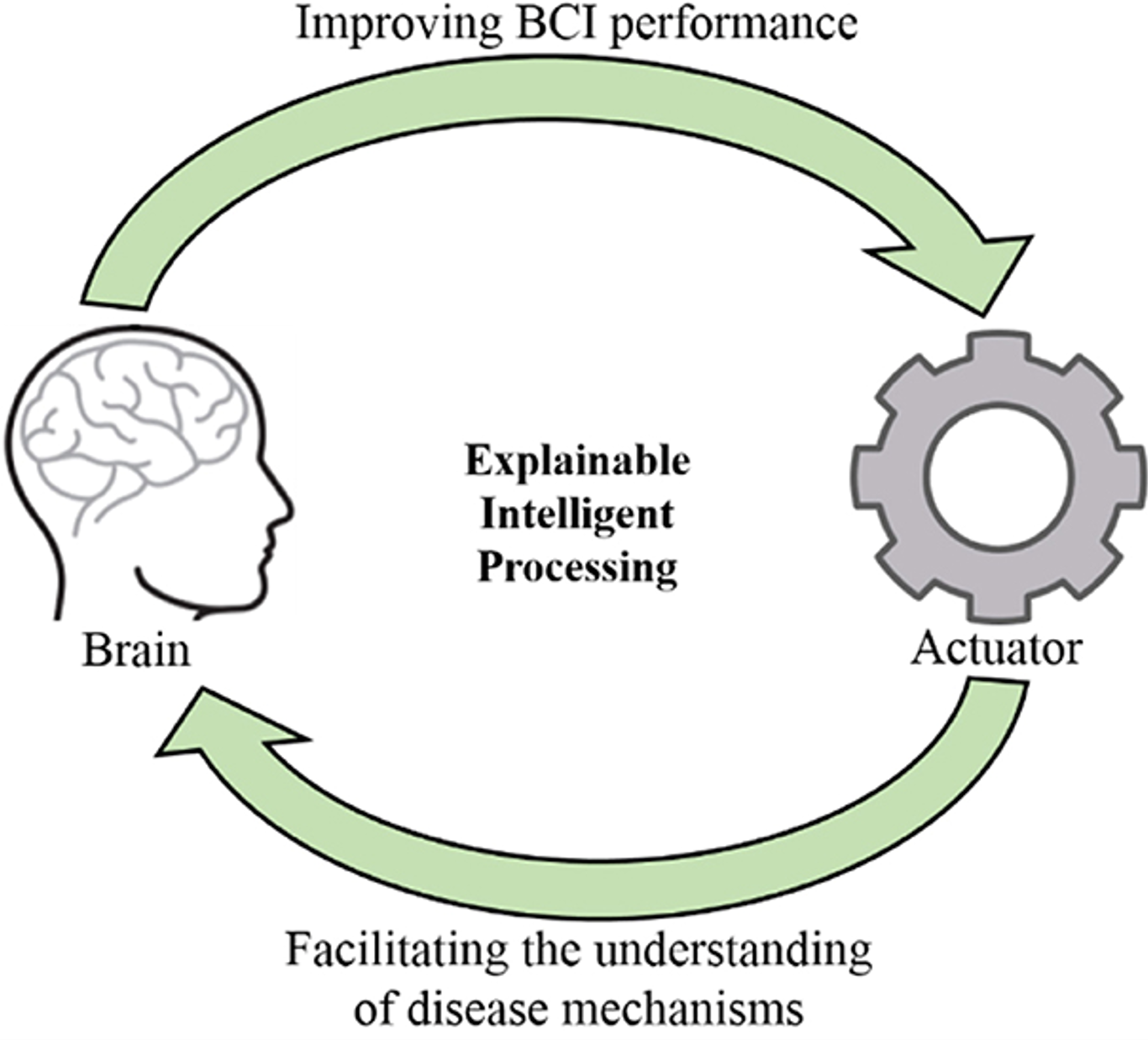Editorial: Explainable and advanced intelligent processing in the brain-machine interaction.
Brain signals can be used to control external devices, such as computers, robots, or prosthetics via a brain-computer interface (BCI). However, decoding brain signals is not easy, because they are complex and noisy. In this research topic, the editors collected five articles that explore different ways of making BCI more explainable and accurate. It is hoped that this resource will spark further discussion, and ultimately advance the field.

Improving brain-computer interface (BCI) performance and facilitating the understanding of disease mechanisms using explainable intelligent algorithms.
Citation
2023. Front Hum Neurosci, 17:1280281.
DOI
10.3389/fnhum.2023.1280281
Free Full Text at Europe PMC
Related Content
Publication
2017.Int IEEE EMBS Conf Neural Eng, 2017():371-374.
Publication
2023. Front Hum Neurosci, 17:1111590.
Publication
2020. Mov. Disord., 35(4):555-561.
Publication
2017. Exp. Neurol., 293():53-61.
